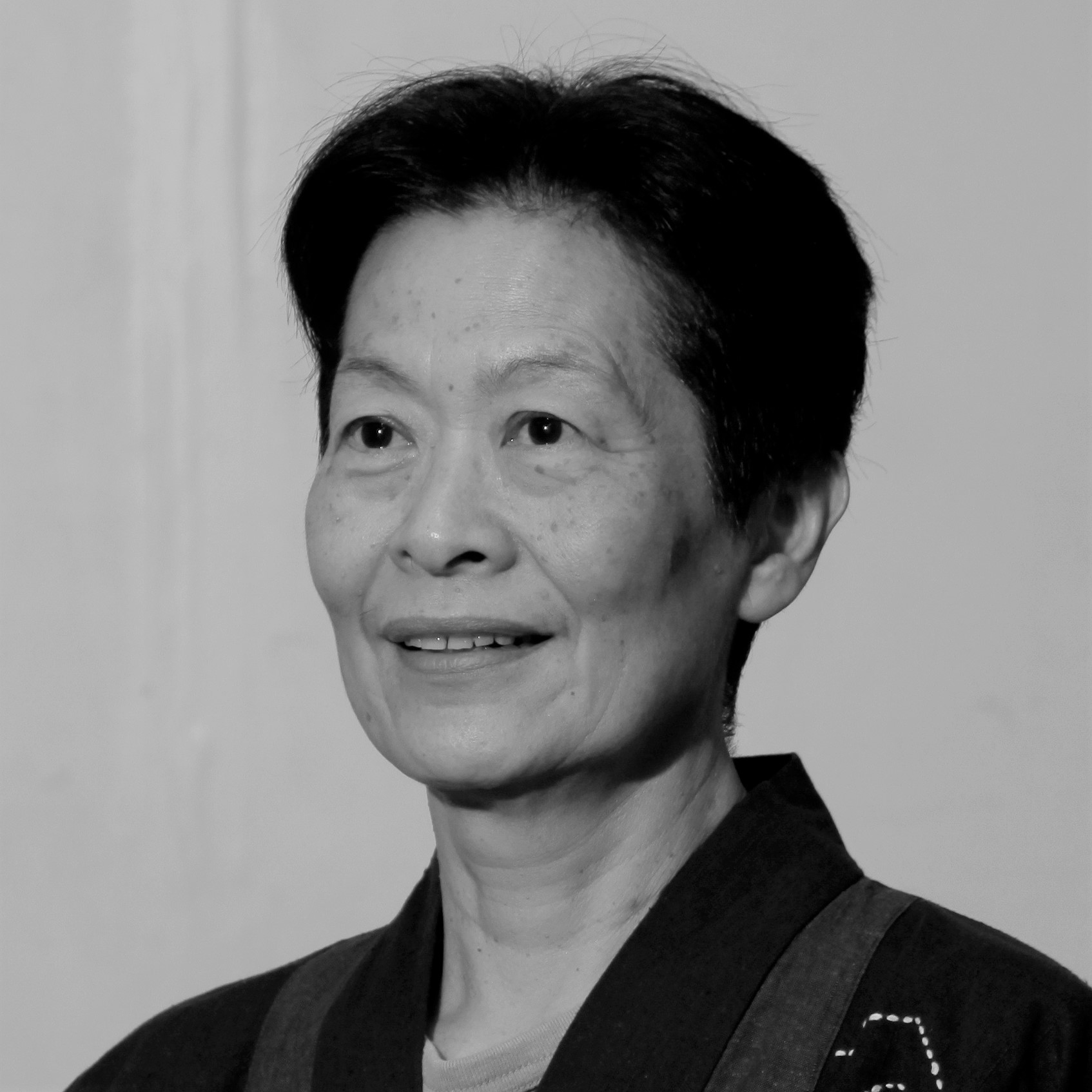- Home
- March 2023
- James Dollery Fettes and Penang Waterworks: A Legacy of Public Service (Part 1)
James Dollery Fettes and Penang Waterworks: A Legacy of Public Service (Part 1)
by
Eugene Quah

Previous Post
Administering Religious Harmony for the Future
3 min read
Though worship sites have stood tall for decades, one should not forget that investing to protect and ensure racial harmony is hard work. The multiracial and multi-religious cohesiveness we enjoy now must not be taken for granted.
by
HARMONICO
Next Post
Why Cultures Co-Exist Better Than Ethnicities
4 min read
ABOUT 30 years ago, a very influential Malaysian scholar wrote the following incisive and insightful paragraphs:“I contend that, like most social phenomena, ide...
You might also like
Imagining National Culture: Lessons From Bangsawan
6 min read
IN THE FIRST half of the 20th century, Bangsawan, or Malay opera, started incorporating the latest Anglo-American dances and music into its already cosmopolitan...
Words and Music—Two Sides of the Sense of Hearing
3 min read
MUSIC HAS ALWAYS been a phenomenon to savour for the great thinkers. One can sense how these master craftsmen of words relished being stumped when it came to an...
Discourse on Sustainability and Indigeneity: PERA + FLORA + FAUNA 2022
4 min read
Photos by PORTPERA + FLORA + FAUNA (PFF) was one of eight “must-see” exhibitions held during the 59th International Art Exhibition of Venice Biennale, themed Th...



